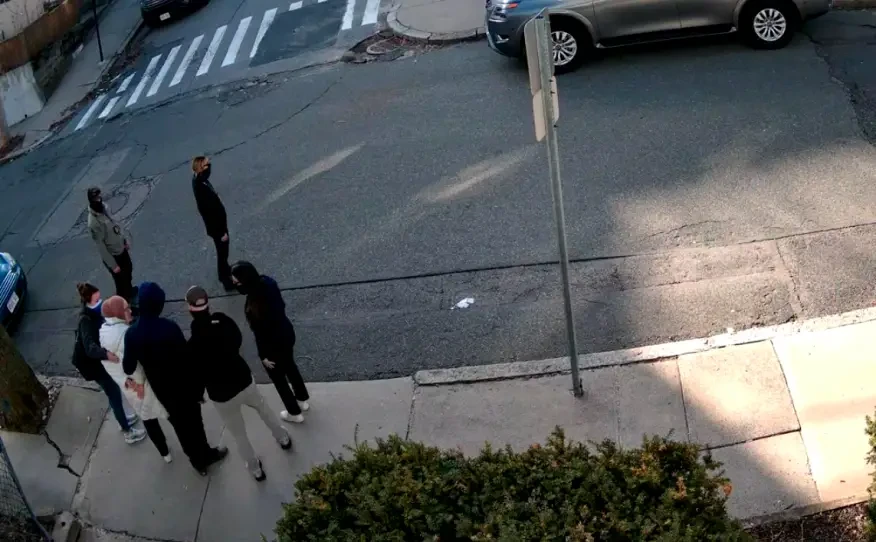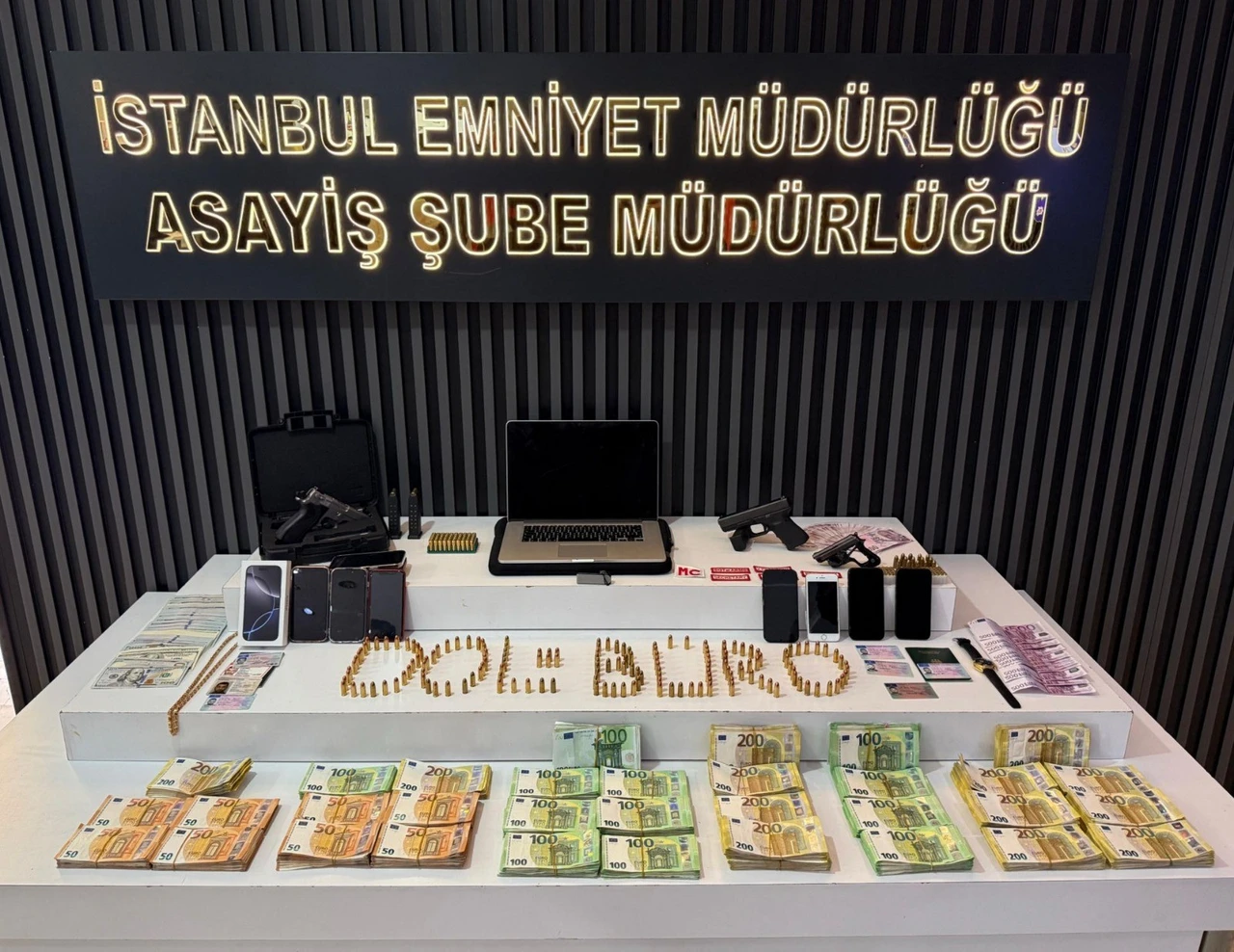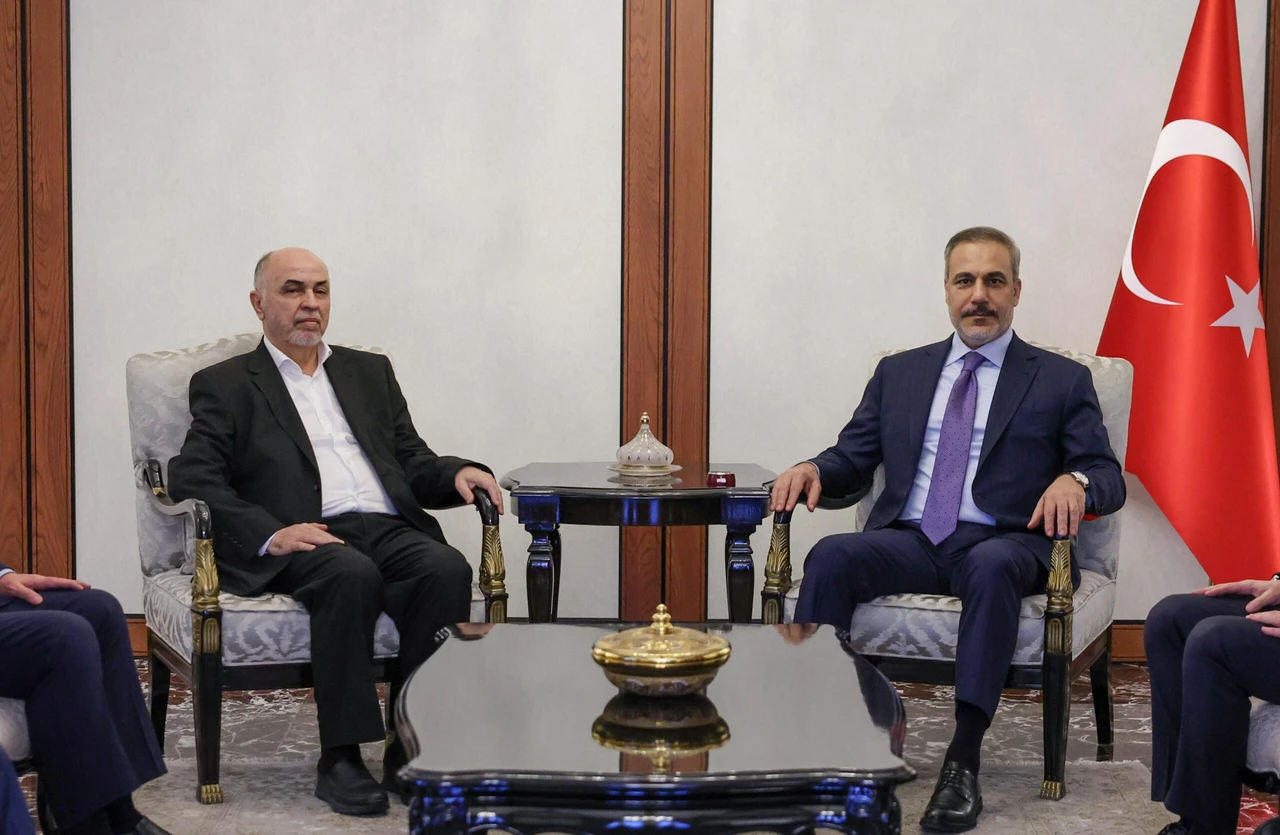‘Kahramanmaras turned into ghost City: Children grapple with Türkiye’s quake trauma

The lives of millions of children and their families have been impacted by the catastrophic magnitude 7.8 earthquake that hit Türkiye on Feb.6 last year
Cansu Gol lost her baby in the rubble of Türkiye’s massive earthquake a year ago.
Now, she spends her time trying to heal the mental scars of her two surviving children.
One suffers from trauma-related attention deficit disorder and the other from speech problems, which emerged after last year’s Feb. 6 disaster in which 50,000 died across Türkiye’s southeast.
For the 33-year-old mother, the improvised schools in a container city near the quake’s epicenter in the province of Kahramanmaras offer a glimmer of hope.
“My seven-year-old daughter was pulled out alive from the rubble hours after the earthquake. Now she is suffering from attention deficit disorder,” Gol told Agence France-Presse (AFP).
“She didn’t cry or scream at all, instead storing all the stress inside,” she said.
Her four-and-a-half-year-old son began to speak after joining a nursery set up in one of the containers housing hundreds of thousands of survivors of Türkiye’s deadliest disaster of modern times.
“He keeps asking about his brother (who died). He says he flew away like a bird,” the mother said.
Bouts of violence
Teachers try to create an atmosphere of normality for the kids, each of whom has lost homes, family and friends. All have varied levels of understanding what occurred.
A bust of post-Ottoman Türkiye’s founder, Mustafa Kemal Ataturk, stands in the courtyard, just as it would at any other school.
The 20-student classrooms are decorated with balloons, adding color to a camp comprised of hundreds of identical white metal containers arranged in even rows.
Just a 10-minute walk away, empty spaces recall the apartment towers in this Mediterranean city, once most famous for its ice cream.
“It is just as painful for the students as it is for the teachers,” said the school’s principal, who spoke to AFP anonymously because civil servants are barred from speaking to the media without authorization.
“Many things evoke the quake: aftershocks, the month of February, or simply the snowfall,” which was heavy that fatal night, he said.
His school takes care of 850 children from diverse backgrounds.
They live in a container city housing 10,000 survivors, creating a tense atmosphere that breeds occasional bouts of violence.
“Cursing, offensive gestures, kicking – things won’t go well until these families are settled in apartments,” he said.
Ghost city
The principal said the state was doing its best, even housing teachers in the container cities so they could be near the kids.
“In which disaster is everything perfect?” he asked. “Life goes on.”
But that life, said Sara Resitoglu, 24, is a constant struggle.
“There’s no space. All our lives are in one room,” the young mother sighed.
Elif Yavuz and her husband tried to rebuild their lives in the nearby city of Mersin, following the path taken by more than three million people who left immediately after the quake.
But like many others, the couple eventually moved back because their seven-year-old, who has heart problems, struggled to adapt.
“I resigned myself to returning and living in a container just so that she would not be upset,” the mother said.
Her daughter was now doing well in school. Yavuz plans to buy her a new pair of shoes as a reward for another excellent report card.
Away from the container camp, Fatih Yilanci joined the multitudes who spent days scouring city ruins for scrap metal they could sell to feed their families.
His apartment was only lightly damaged, meaning his family did not automatically qualify for a container home.
But his neighborhood is gone, as are most of his friends, who died in ruins.
“Kahramanmaras has turned into a ghost city,” Yilanci said.
Source: AFP



